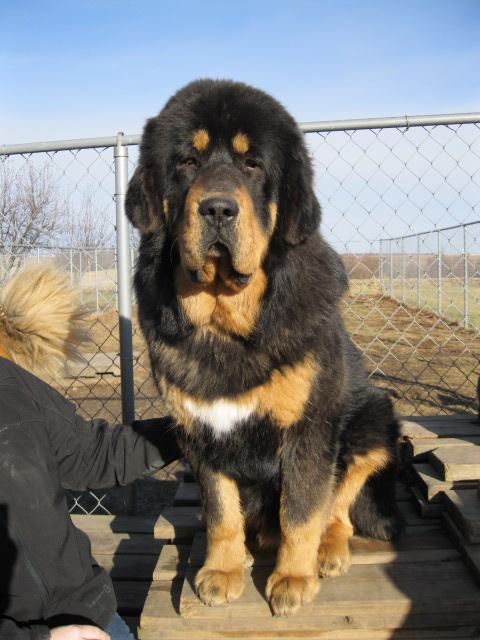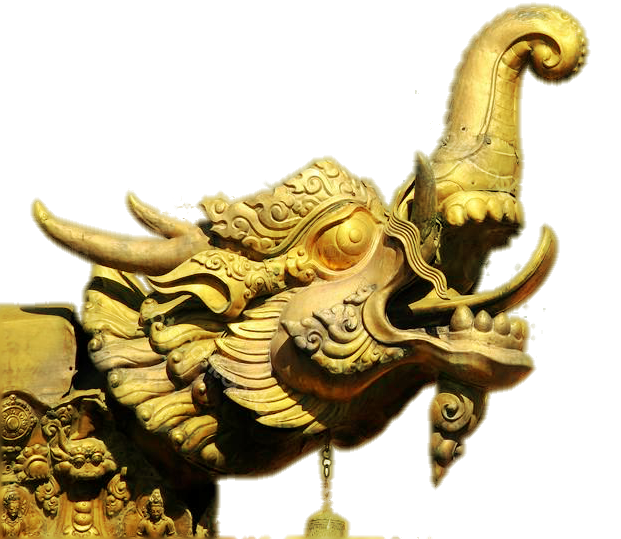
TIBETAN MASTIFF HISTORY: Now purebred the Tibetan Mastiff has become basically extinct in the place of origin. The Tibetan Mastiff is one of the world's most ancient breeds. The Molossian dogs of ancient times are descended from the Tibetan Mastiff as are over 50% of our modern breeds. The nomad encampments were invariably guarded by enormous black mastiffs, which were trained to attack and kill men, and are described as being MORE DANGEROUS THAN WOLVES. The smooth/short coated Tibetan Mastiffs were used as for sentry duty and as temple guardians. These dogs are known to have been highly prized by the ancient Assyrians, Persians, Greeks, Romans, Huns, and Mongols, accompanying them on war expeditions. Ancestors of these dogs traveled with Attila the Hun and Genghis Khan. These large dogs were launched in charges against the ranks of the enemy and used as dispatch carriers. These large dogs were launched in charges against the ranks of the enemy and used as dispatch carriers. Hence, the age-old army order - "Let slip the dogs of war!" Legend has it that two of these Tibetan Mastiff's marched with every company of Genghis Khan's army for the purpose of being sentries as compared to attack dogs. Some cynologists, such as Strang, have proposed that the roots of this ancient family may trace even further East, to Asia, and to the area where ancestors of the modern Tibetan Mastiff were found. This theory maintains that as ancient nomadic peoples moved westward, they brought with them their flocks and their guard dogs. Leighton simply states that the "Thibet" (sic) Mastiff is "no doubt . . . depicted in the sculptures from the palace of Nimrod" but offers no further support as to why the relatively smooth-coated dogs depicted should be considered Tibetan Mastiffs. He does, however, cite a Chinese manuscript from 1121 BC which describes a dog sent from a western Chinese province to the Emperor Wou-wang. Leighton calls this dog "a great dog of the Thibetan kind . . .FOUR FEET HIGH, and trained to attack men of a strange race." HTTP://CANISMAX.ANGELCITIES.COM/MISCELLANY_
MASTIFF_ORIGINS.HTM The Tibetan Mastiff is now a national treasure and endangered species in China. A very large number of TMs were shot during the Expedition by both officers and British or native soldiers and driven into near extinction. For several thousand years, the Tibetan Mastiff has been a guardian, and so he remains today. He needs no training to do this and will defend what is his with complete diligence. He is well equipped in size, strength, and agility to deal with interlopers, whether man or beast.
The Tibetan Mastiff once served as the seating mount for Living Buddha Master Padmasambhava and Tsonjkhapa in Tibet, and the "miraculous army of The Tibetan Mastiff" of Genghis Khan, who had his army swept across the country. Chief role has been the guarding of flocks and homesteads. However, this is an agile and highly adaptable large breed depending upon your desired level of training and socialization.

